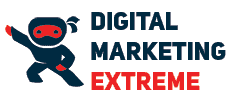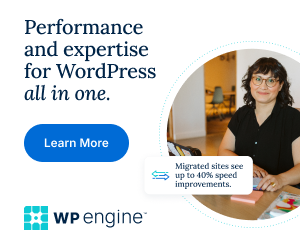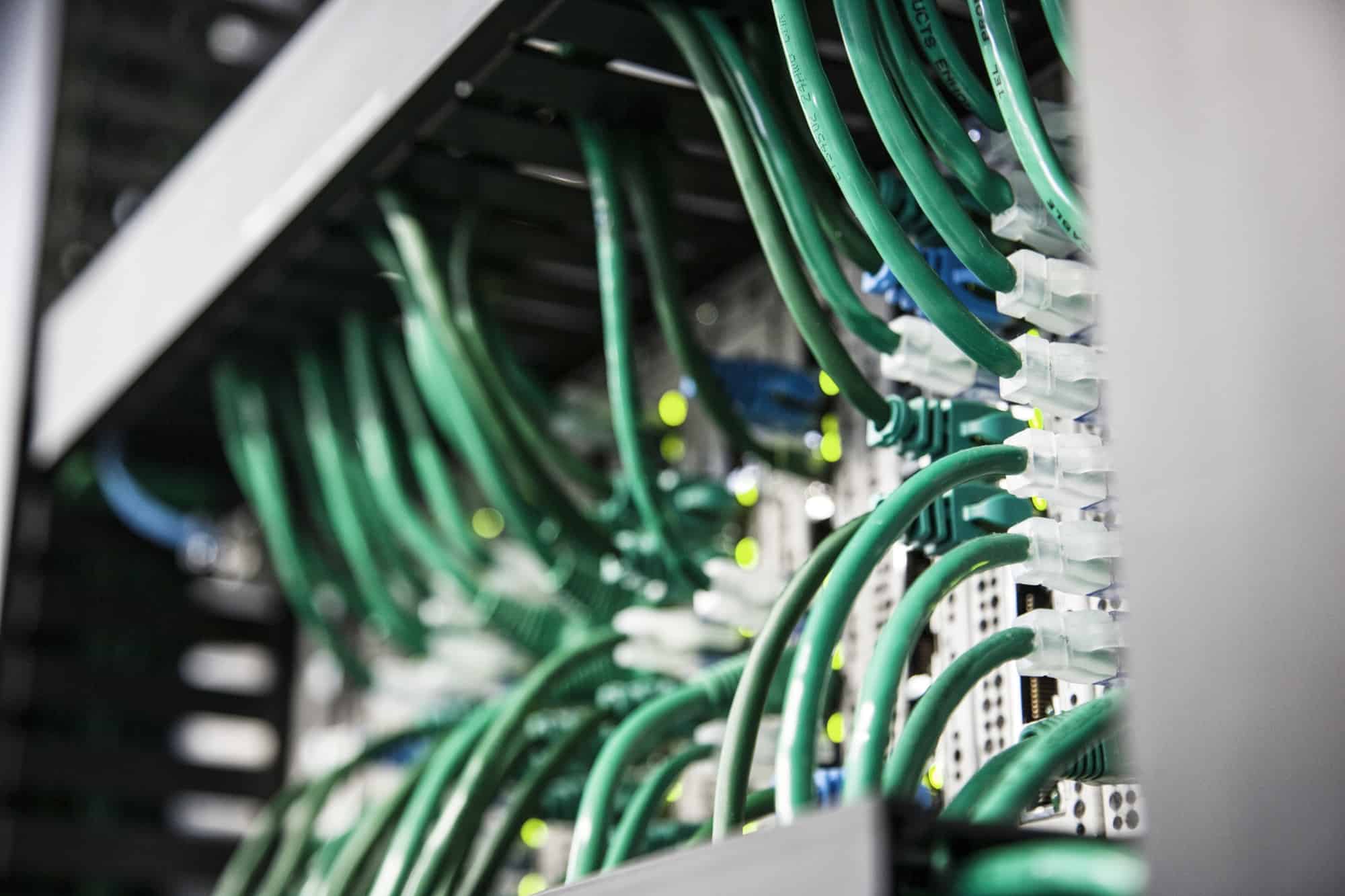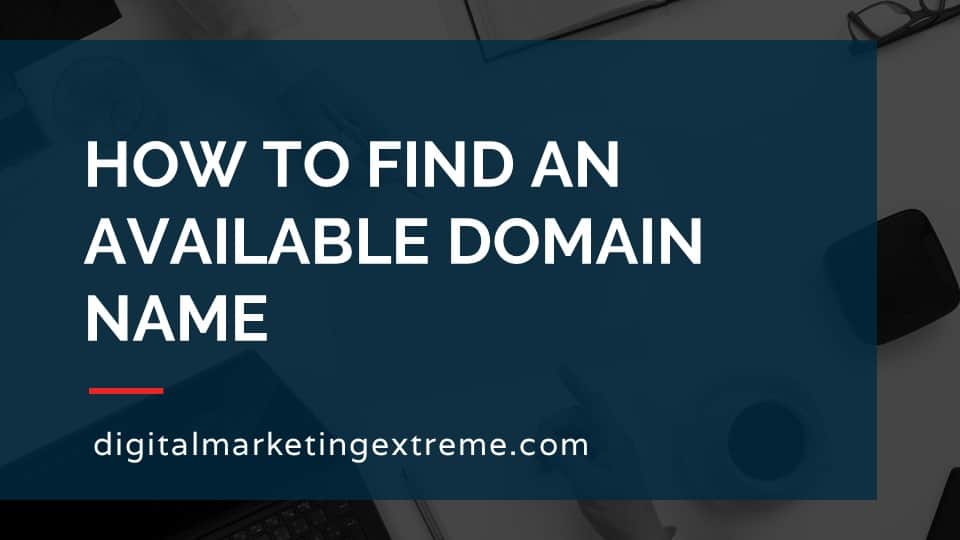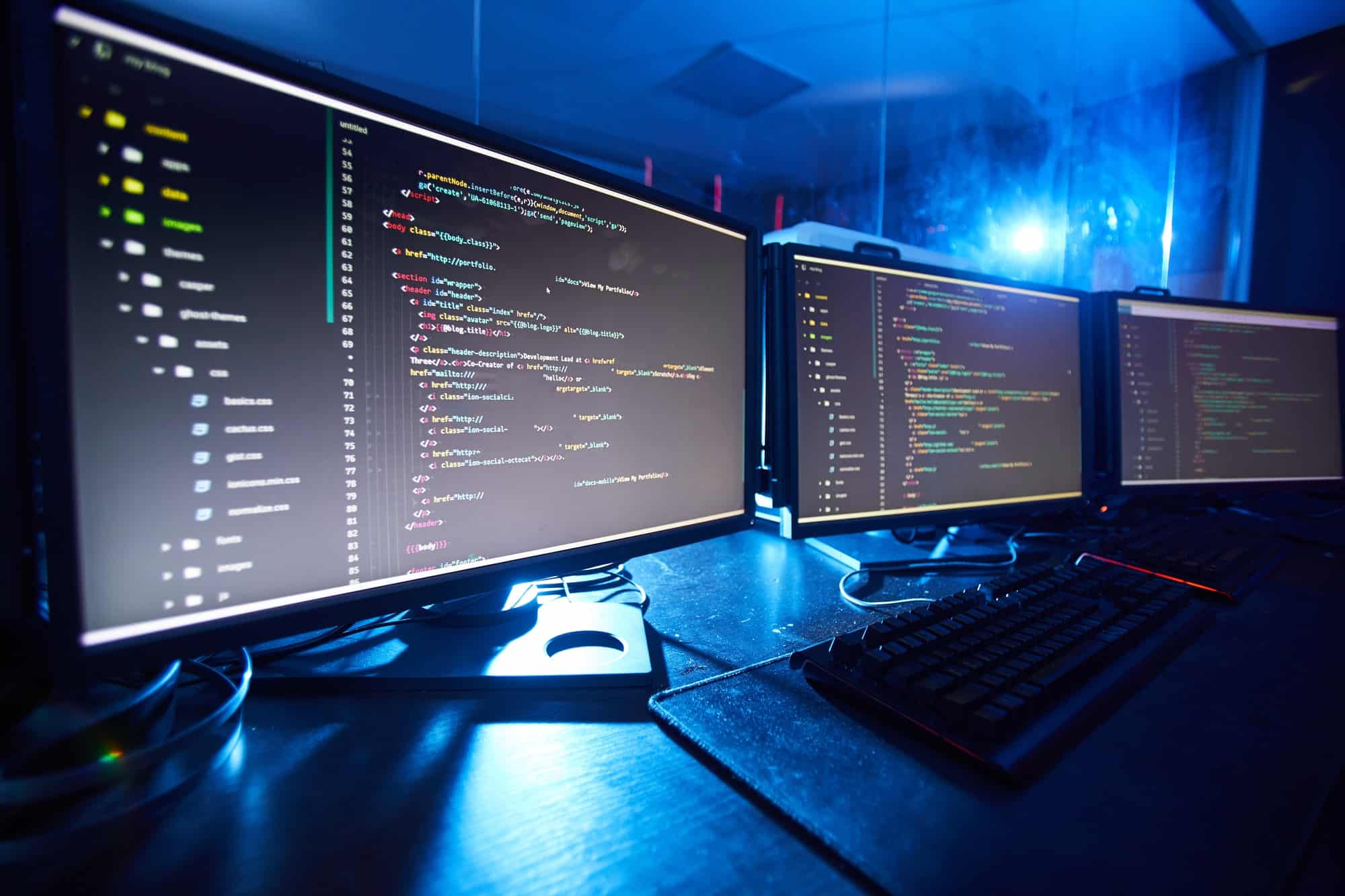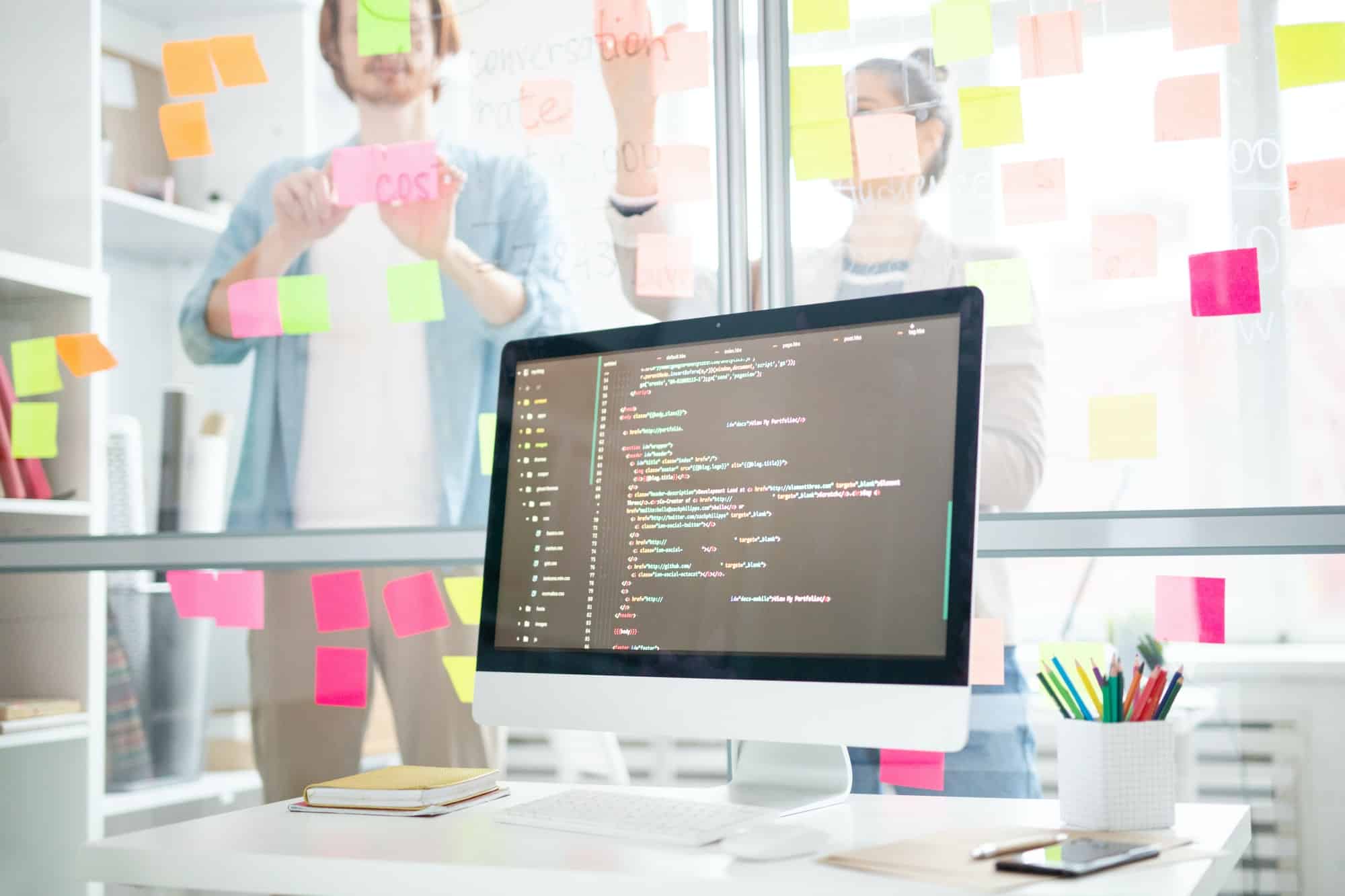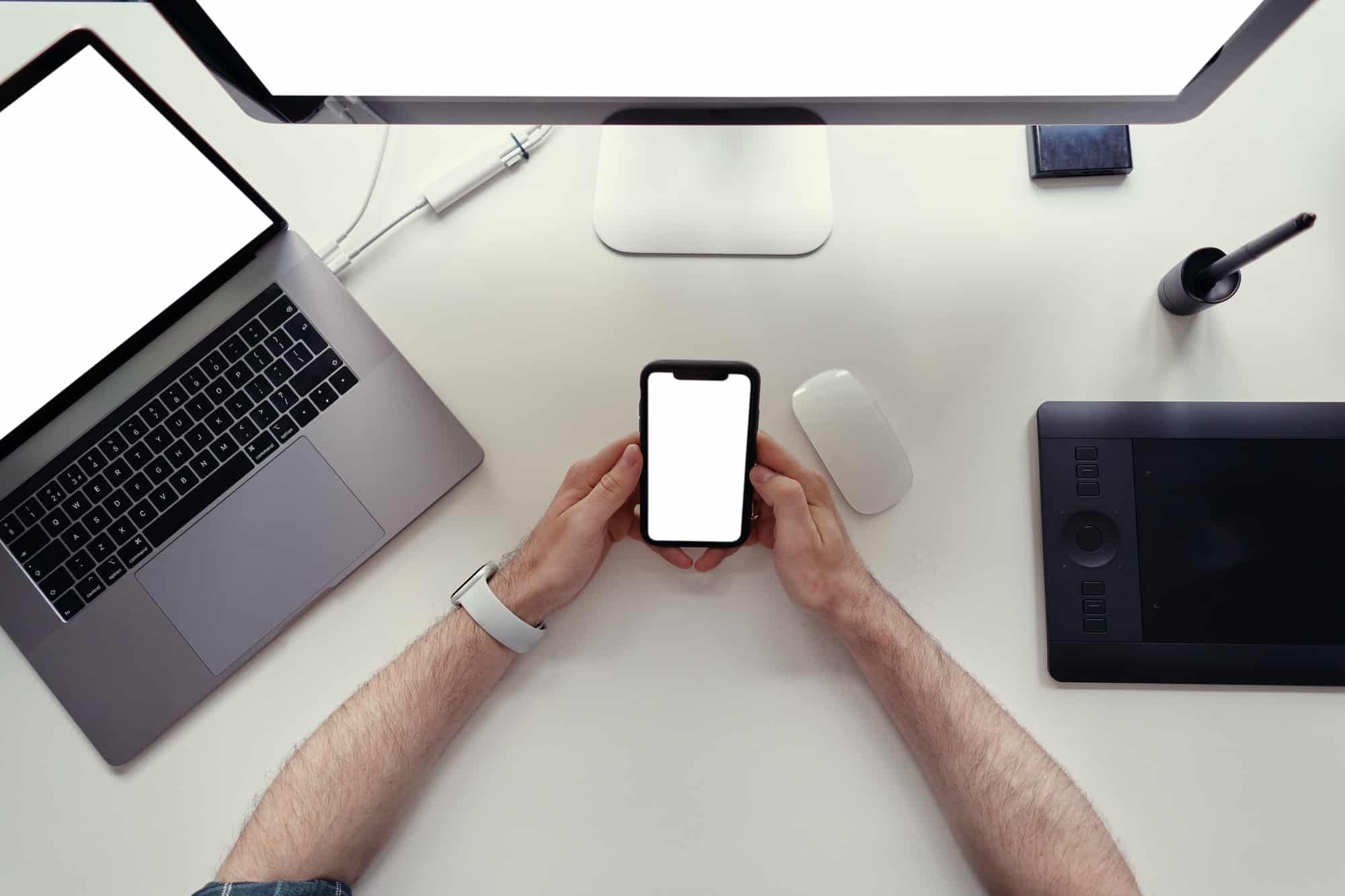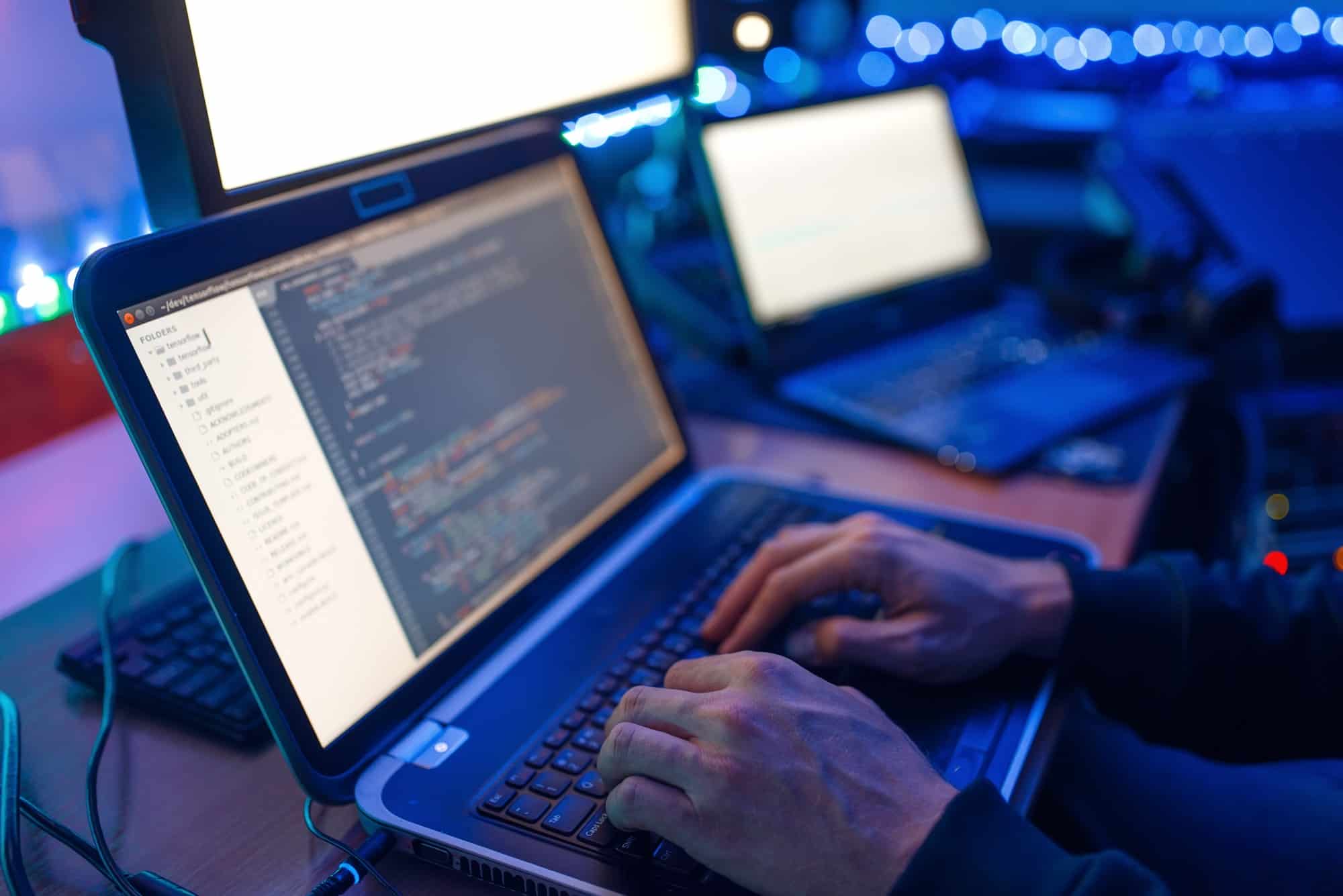Introduction to WordPress training
WordPress is composed of a number of areas for your damage restoration or home theater installation business website. Some areas are for creating content to be displayed by WordPress. Other areas are to make changes to WordPress.
Navigation through WordPress
WordPress has a series of commands on the left side of the interface when you login into WordPress. These commands, in a typical, default installation of WordPress, are:
- Dashboard – Dashboard is an overview of different things in your WordPress website.
- Updates – Updates are where you can see if WordPress, plugins or themes need to be updated. It is easy to click the items you want updated and then update them.
- Posts – Posts are content elements that relate the blogging part of WordPress. They can contain many different types of content formats like text and images. Posts have titles, categories, tags, dates and authors.
- Categories – Categories are a way to organize your posts into groups.
- Tags – Tags are a way to add different attributes to your posts for organization purposes.
- Media – Media is a view of all the different types of media that have been uploaded to your WordPress website. This is typically all the images you want to add to WordPress but can be files of other types. You can see the images and make changes to the media.
- Pages – Pages are content elements similar to posts. In a typical blog, pages are the static content that doesn’t change much. Pages don’t have categories, tags or dates. If you are making a typical website, you will be using pages for the pages of your website like home page, about page, contact page, etc.
- Comments – Comments are written replies to your posts. They can be approved or rejected.
- Appearance – Appearance is a heading for a number of commands
- Themes – Themes is where you manage the themes in WordPress. You can install, activate and delete themes.
- Customize – Customize, in certain themes, is a place where you can customize different options in the theme like color and fonts.
- Widgets – Widgets are special features that can be added to parts of your WordPress website depending on the theme.
- Menu – Menu is where you can organize different pages, posts or custom links into menus that display in different places of your website according to the theme.
- Theme Editor – Theme Editor shouldn’t be used as it is direct programming of your website.
- Plugins – This is where you install, activate and delete the plugins in your WordPress website.
- Users – Users is to manage the different user accounts that have the ability to login into your website. You can also manage your own user profile.
- Tools – Tools is area of different tools used by WordPress. You can find an import and export command.
- Settings – Settings are a group of command to change a number of things in your WordPress website.
Summary of WordPress Training
There are a number of commands in WordPress to manage the content and configuration of your WordPress damage restoration or home theater installation business website.
Need website hosting?
WP Engine is a great WordPress-managed website hosting company for the following reasons:
- WP Engine take care of all the installation and upgrading of WordPress.
- WP Engine automatically backup WordPress daily.
- WP Engine provide security and performance optimization for your website.
